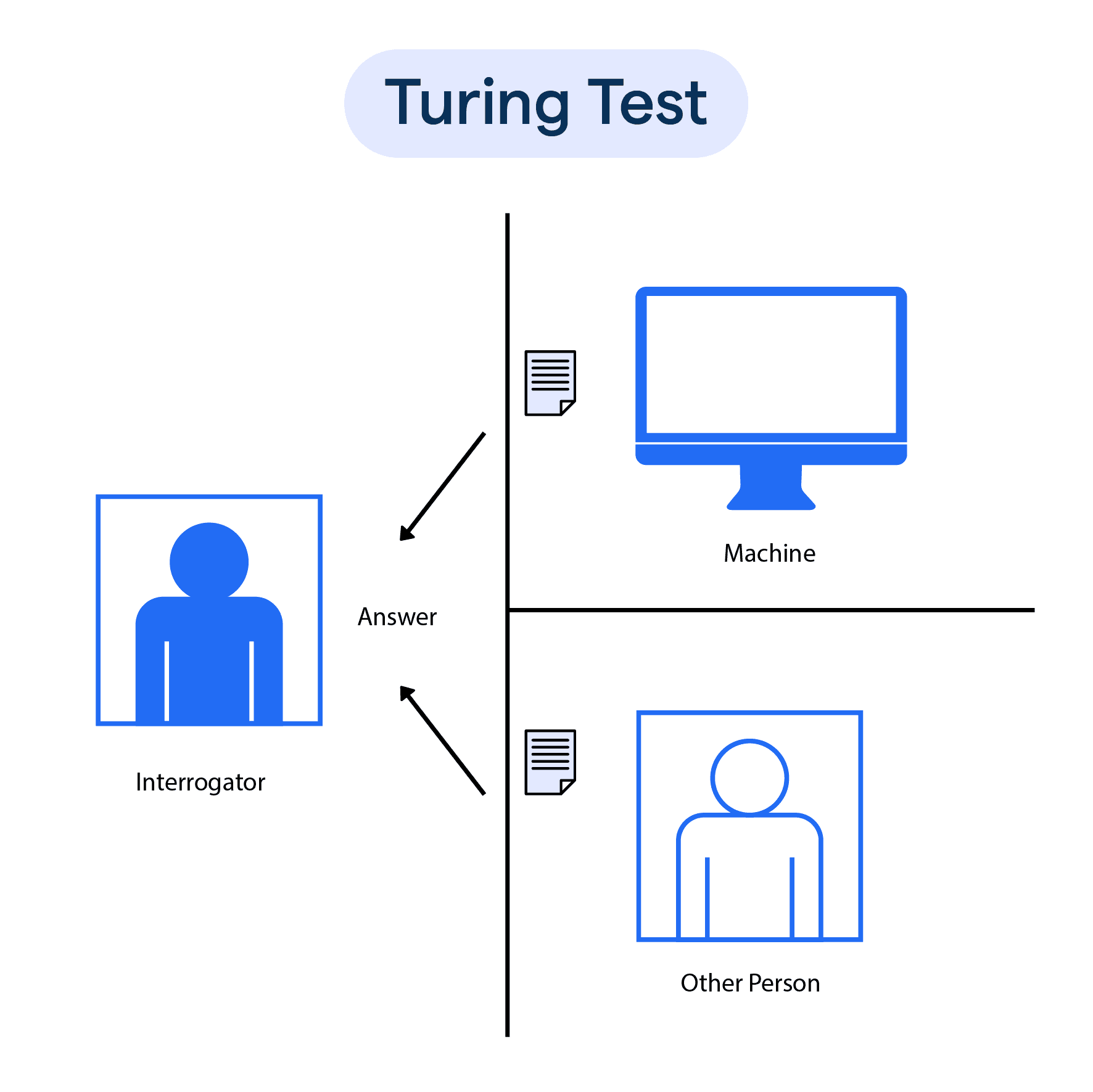Let's start by understanding what Artificial Intelligence means, and what Robotics means. To understand clearly, you can assume Artificial Intelligence as the brain of a human, and Robotics can be assumed as the physical human body. So, the physical body parts work according to the instructions giveRead more
Let’s start by understanding what Artificial Intelligence means, and what Robotics means. To understand clearly, you can assume Artificial Intelligence as the brain of a human, and Robotics can be assumed as the physical human body. So, the physical body parts work according to the instructions given to them by the brain. Similarly, AI integrated with Robots lets robots perform tasks intelligently according to the situation.
AI includes machine learning, deep learning, and neural networks which help the machines to make decisions, recommend suggestions, and perform tasks cognitively like human beings. Robots are made for some particular tasks that require human interaction which gives them instructions on what task needs to be performed, whereas if AI is implemented in Robots then there will be no requirement for human intervention. Previously, we used to have machines that used to perform some tasks based on the instructions given by a human, but now due to the advancements in technology, there is no need for a human to be involved.
The following are some of the AI techniques along with the applications used in robot control,
- Machine Learning for Predictive Maintenance
- Computer Vision in Quality Inspection and Defect Detection
- NLP in Human-Robot Interaction


Yes, designing robots that understand and implement "deliberate ignorance"—choosing to disregard certain information or stimuli to focus on more relevant tasks—is feasible and involves several key considerations: Selective Attention Mechanisms: Implement algorithms that mimic human cognitive biasesRead more
Yes, designing robots that understand and implement “deliberate ignorance”—choosing to disregard certain information or stimuli to focus on more relevant tasks—is feasible and involves several key considerations:
- Selective Attention Mechanisms: Implement algorithms that mimic human cognitive biases by allowing robots to prioritize relevant information while filtering out less relevant data. This can be achieved through advanced machine learning techniques and attention models.
- Contextual Relevance Filtering: Develop systems that enable robots to assess the context and relevance of incoming information. Robots can use predefined criteria or learn from experience to determine which stimuli are important and which can be ignored.
- Adaptive Learning: Incorporate adaptive learning algorithms that enable robots to refine their focus based on feedback and changing environments. This allows robots to dynamically adjust what information they prioritize over time.
- Ethical Decision-Making Frameworks: Design ethical frameworks that guide robots in making decisions about what information to disregard. This ensures that the process of selective ignorance aligns with ethical considerations and does not lead to unintended consequences.
- Simulation and Testing: Use simulations and testing environments to train robots in implementing deliberate ignorance. This helps in evaluating their ability to effectively filter information and manage focus without negatively impacting performance.
- Human-Robot Interaction: Allow for human oversight and interaction to guide the robot’s decision-making process. This can include feedback mechanisms where humans can adjust the robot’s focus or correct its filtering processes as needed.
See less